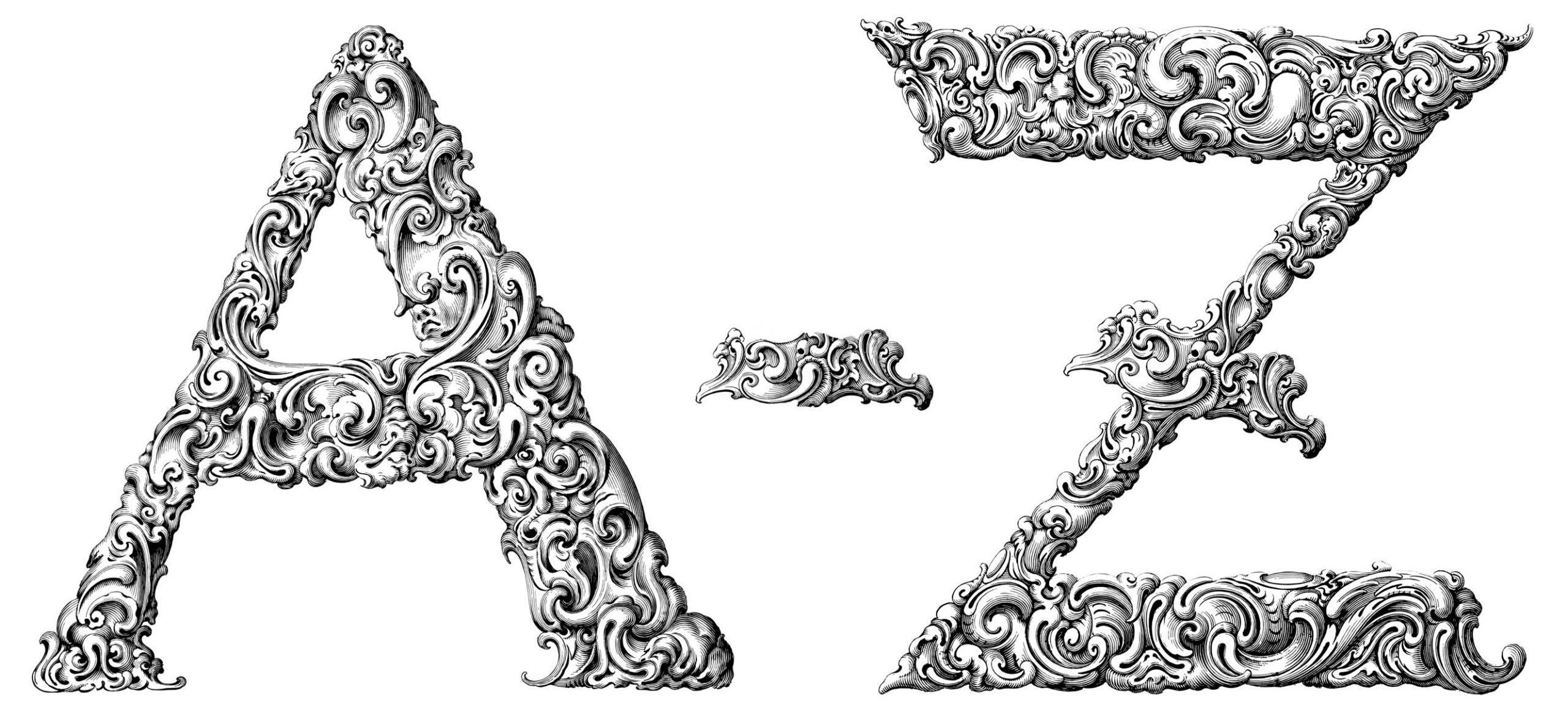
In our latest blog series, we take you through the world of numismatics one letter at a time, bringing you the coin terms, history and facts which make coin collecting a fascinating pastime. We begin, with the letters A to E.
A is for Annealing
The more that a metal coin is worked it becomes brittle through a process called “work-hardening”. Should a coin become bent out of shape due to this, then a process called annealing is used.
This refers to the process of heating new blanks or planchets and then cooling them slowly or immersing them in water to make them softer and easier to work with, so that they can be bent back into shape.
B is for Brockage
Brockage is an error that occurs when a freshly struck coin sticks to the coin die. When a new blank is pressed down upon it, it creates a mirror image of the previous coin onto the freshly struck coin, meaning the new coin has the same image on both sides.
With the more modern minting techniques of today, brockages are rare, but were far more common when coins were struck by hand.
C is for Conjoined
When two portraits are shown overlapping on the obverse of a coin, they are known as “conjoined”. William and Mary came to power in Britain in 1689, having invaded Britain and defeated James II, and they had both their portraits appear on the coinage with William in front and Mary clearly visible just behind him.
More recently, we have a wonderful example of a conjoined portrait on the 2017 Double Portrait Wedding Anniversary Gold Sovereign which you can see HERE.
D is for Dandiprat
The English economy in the 15th century was not in the best shape, with the poor, particularly, struggling to make ends meet. The King at the time, Henry VII, came up with the idea of introducing a new coin into circulation with the value of three halfpennies and it was called a dandiprat.
The coin didn’t last longer than the King’s reign, however, the word went on to be used in several literary works and it means “a little, insignificant, contemptible person”.
E is for Effigy
An effigy is the portrait that appears on the obverse of a coin. Dependent on the monarch or ruler they can choose which way they face. In a longstanding tradition in Britain, dating back to Charles II, monarchs would face the opposite way to their predecessor.
Edward VIII broke with this tradition, as he wanted to show the hair parting on his left side, as he felt this to be his favourable side. Ironically, his coins never went into circulation as he abdicated prior to their production.
The ruler or monarch can also choose whether they are shown with or without a crown, and Elizabeth II has now had five effigies on circulating coinage featuring her both crowned and without.
She also appears on a throne on the commemorative Queen Elizabeth II Gold Sovereign Proof of 1989, and on a horse, twice on circulating coins in her reign, on the 1953 Coronation Crown, and the 1977 Silver Crown celebrating her Silver Jubilee. She also appeared on horseback on the 2002 Golden Jubilee crown which didn’t circulate.
In our next blog, we will explore the letters F to J.
